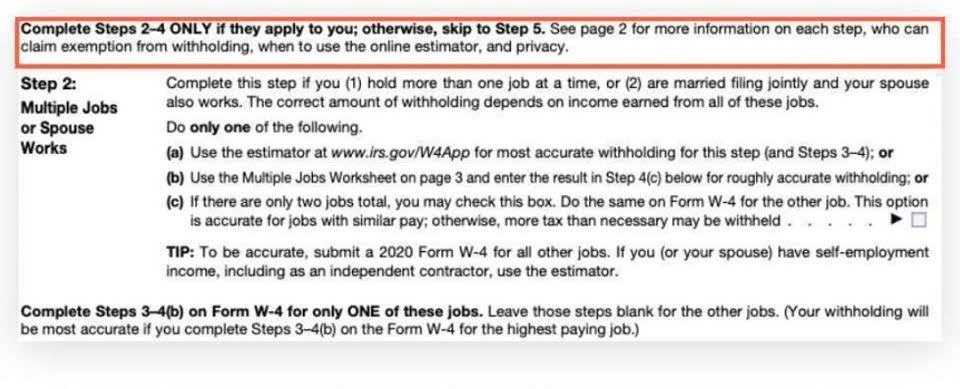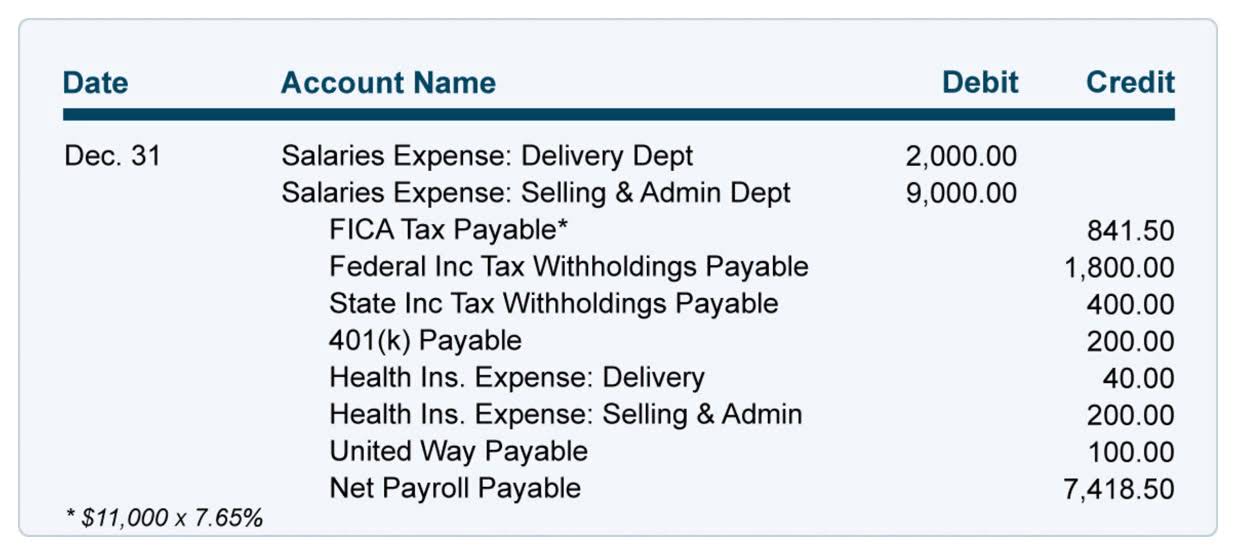
You should also make sure to update any of your information should it change. If you’re self-employed, the IRS has a little surprise for you called the self-employment tax. It’s a 15.3% tax made up of 12.4% for Social Security and 2.9% for Medicare. We’ll make sure a financial professional gets back to you shortly.
- A Form 1040 return with limited credits is one that’s filed using IRS Form 1040 only (with the exception of the specific covered situations described below).
- If you earn more than $147,000 for 2022, your FICA taxes are computed slightly differently.
- At the end of each year, employers must provide employees with a Form W-2, which reports the total amount of wages earned and FICA taxes withheld during the year.
- However, the taxes are levied on your net earnings instead of gross pay.
- Because you may not be receiving a traditional paycheck, you may need to file estimated quarterly taxes in lieu of withholdings.
This legislation seeks to curb illegal financial activity, and to protect your accounts and your money from possible fraudulent activities. As an individual, ensure that you are FICA compliant by taking the relevant documents to your nearest bank branch, and should you require more information, ask your bank. Employees who have not received the necessary training should not be allowed to deal with clients of the business. Finance Strategists is a leading financial education organization that connects people with financial professionals, priding itself on providing accurate and reliable financial information to millions of readers each year. The articles and research support materials available on this site are educational and are not intended to be investment or tax advice. All such information is provided solely for convenience purposes only and all users thereof should be guided accordingly.
TURBOTAX ONLINE GUARANTEES
The employer makes tax deposits as money is withheld from your earnings based on information you provide in an IRS Form W-4 about your filing status, dependents and any side income you may have. FICA stands for the Federal Income Contributions Act, which is the name for the U.S. payroll tax deduction used to fund Social Security and Medicare. Those familiar government programs provide financial and health care benefits for tens of millions of retirees, disabled Americans and children.
- A financial professional will be in touch to help you shortly.
- Our writing and editorial staff are a team of experts holding advanced financial designations and have written for most major financial media publications.
- There are some limited cases, such as a successor-predecessor employer transfer, in which the payments that have already been withheld can be counted toward the year-to-date total.
- Take self-paced courses to master the fundamentals of finance and connect with like-minded individuals.
- FICA, the Federal Insurance Contributions Act, refers to the taxes that largely fund Social Security retirement, disability, survivor, spousal and children’s benefits.
FICA taxes also go to Medicare programs that fund older and certain disabled Americans’ health care costs. When you’re old enough, FICA funds collected from those still in the workforce will pay your benefits. Individuals with earned income of more than $200,000 ($250,000 for married couples filing jointly) pay an additional 0.9% in Medicare taxes. FICA stands for the tax that your employer is required to withhold from your paycheck to fund Social Security and Medicare. Basically, an employer withholds or automatically deducts a certain percentage of each paycheck to pay the withholding tax. Employers are responsible for calculating their share of FICA taxes and remitting these payments to the IRS.
How the FICA Tax Works
For 2022, you pay Social Security taxes on any earnings up to $147,000; your employer will withhold 6.2% of each paycheck to cover your obligation. FICA is a nonelective tax that is withheld automatically from your paycheck throughout the year, so you’ll never have to worry about it when tax returns are due. As an employee, your total amount of FICA tax due for 2023 is 6.2% of your gross wages for Social Security and 1.45% of your gross wages for Medicare, for a total of 7.65%.

In the 1960s, Medicare was introduced to rectify the fourth problem (health care for the elderly). The FICA tax was increased fica meaning in order to pay for this expense. FICA aims to ensure that financial institutions know with whom they are doing business.
What is FICA, and Why Do You Need to Know about It?
For 2023, the Social Security tax rate is 6.2% of an employee’s wages, and the Medicare tax rate is 1.45%. FICA tax deductions also provide benefits to widows and widowers, children who have lost working parents, and disabled workers who qualify for benefits. The amount paid in payroll taxes throughout one’s working career is linked to the Social Security benefit that one receives as a retiree or one’s family receives if a covered worker dies. If you have multiple jobs, you can claim the Social Security overpayment on Form 1040. If you owe any taxes, the IRS will use part of your refund to pay them off.
A withholding tax is an income tax that a payer (typically an employer) remits on a payee’s behalf (typically an employee). FICA and withholding taxes are important to understand so you know where your money is going. Although the amount you contribute to FICA is determined by the government, you do have some control over other withholdings based on your W-4 Form answers. You can also keep your hard-earned money in your pocket by making sure you don’t miss any tax deductions.

